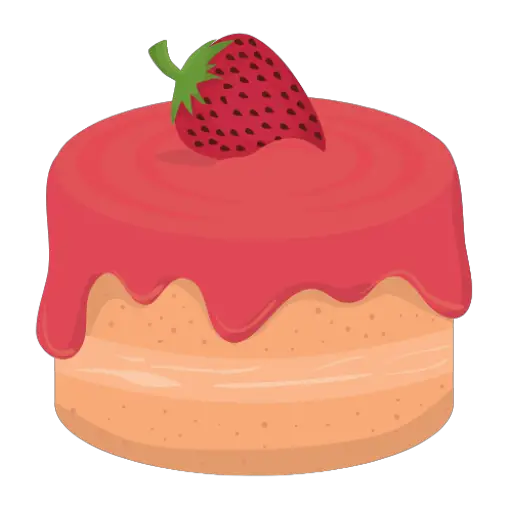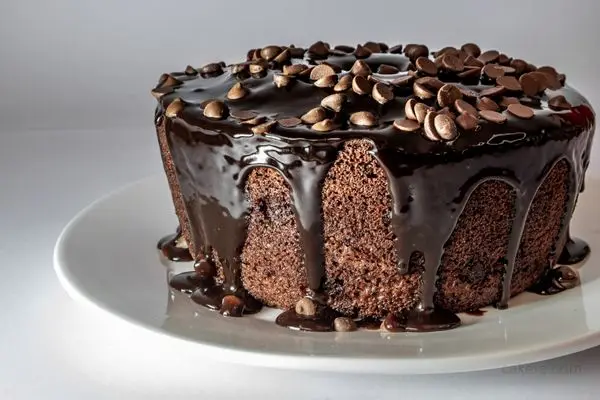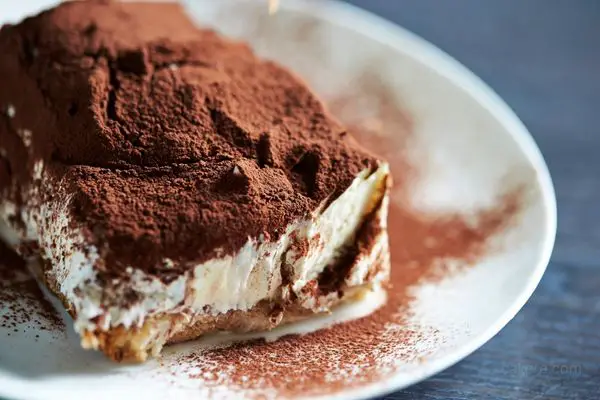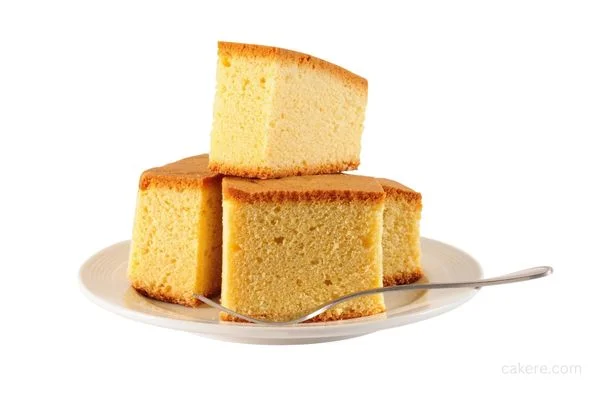Flan Cake, a dessert that originated in ancient Rome, has stood the test of time as a beloved treat enjoyed by people all over the world. This creamy, sweet delicacy has a rich history that spans centuries and has been influenced by cultures from around the globe.
In this article, we will take a journey through time to explore the fascinating history of Flan Cake, from its origins in ancient Rome to its modern-day variations.
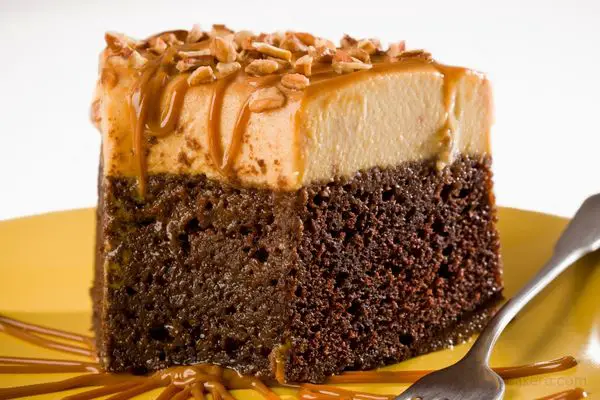
- The Origin of Flan Cake
- The Evolution of Flan Cake Around the World
- Flan Cake in Latin America
- Flan Cake in Europe
- Flan Cake in Asia
- Modern-Day Flan Cake Variations
- How to Make Flan Cake at Home
- FAQs about Flan Cake
- Conclusion
The Origin of Flan Cake:
Flan Cake, also known as Crème Caramel, is believed to have originated in ancient Rome. The Romans were known for their love of sweets, and they often made a dessert called “custard,” which was made from eggs, milk, and honey. The recipe for this dessert was brought to Spain by the Romans, and from there, it spread throughout Europe.
The Evolution of Flan Cake Around the World:
As Flan Cake spread throughout Europe, it began to take on different variations based on local ingredients and preferences. In France, the dessert became known as “Crème Brûlée,” which is similar to Flan Cake but is topped with a layer of caramelized sugar. In Portugal, Flan Cake is called “Pudim Flan,” and it is made with condensed milk, giving it a creamier texture.
Flan Cake in Latin America:
Flan Cake is a popular dessert in Latin America, where it is known as “Flan.” The dessert is made with condensed milk, evaporated milk, eggs, sugar, and vanilla extract. In some countries, such as Mexico, Flan Cake is often served with a layer of caramel sauce on top.
Flan Cake in Europe:
In Europe, Flan Cake is enjoyed in many different forms. In Spain, it is called “Flan de Huevo” and is often served with a layer of caramelized sugar on top. In Italy, the dessert is known as “Budino di Latte” and is made with milk, eggs, and sugar. In the United Kingdom, Flan Cake is known as “Custard Tart,” and it is typically served in individual portions.
Flan Cake in Asia:
Flan Cake has also become popular in Asia, where it is often served as a dessert in Chinese restaurants. In China, the dessert is called “Dàn Gāo,” which means “egg cake.” The Chinese version of Flan Cake is made with coconut milk, giving it a slightly different flavor than its European counterparts.
Modern-Day Flan Cake Variations:
In modern times, Flan Cake has continued to evolve and take on new variations. Some variations include adding fruit, such as strawberries or mango, to the dessert to give it a new twist. Other variations include using different types of milk, such as almond or soy milk, to create a vegan or lactose-free version of the dessert.
How to Make Flan Cake at Home:
If you want to make Flan Cake at home, it is a relatively simple process. You will need eggs, milk, sugar, vanilla extract, and a baking
- 4 eggs
- 2 cups of milk
- 1 cup of sugar
- 1 teaspoon of vanilla extract
- Preheat the oven to 350°F (175°C).
- In a small saucepan, heat 1/2 cup of sugar over medium heat until it melts and turns into a caramel sauce. Pour the caramel into the bottom of a 9-inch round cake pan and spread it evenly.
- In a mixing bowl, beat the eggs and remaining 1/2 cup of sugar until light and frothy.
- Add the milk and vanilla extract to the egg mixture and stir until well combined.
- Pour the egg mixture over the caramel in the cake pan.
- Place the cake pan in a larger baking dish and fill the dish with hot water until it reaches halfway up the sides of the cake pan.
- Bake for 45-50 minutes, or until the Flan Cake is set and a toothpick inserted into the center comes out clean.
- Let the Flan Cake cool completely in the pan before turning it out onto a serving plate.
FAQs
Flan is a custard dessert that is usually served in individual portions, while Flan Cake is a larger version of the dessert that is often baked in a cake pan and sliced into servings.
Yes, Flan Cake can be made without eggs by using a vegan substitute, such as silken tofu or agar-agar.
Flan Cake can be stored in the fridge for up to 5 days.
Conclusion
From its ancient Roman origins to its modern-day variations, Flan Cake has a rich and fascinating history that has made it a beloved dessert around the world. Whether you prefer the classic recipe or one of the many variations, Flan Cake is a delicious treat that is sure to satisfy your sweet tooth. So why not try making one at home today and discover the delicious history of Flan Cake for yourself?
